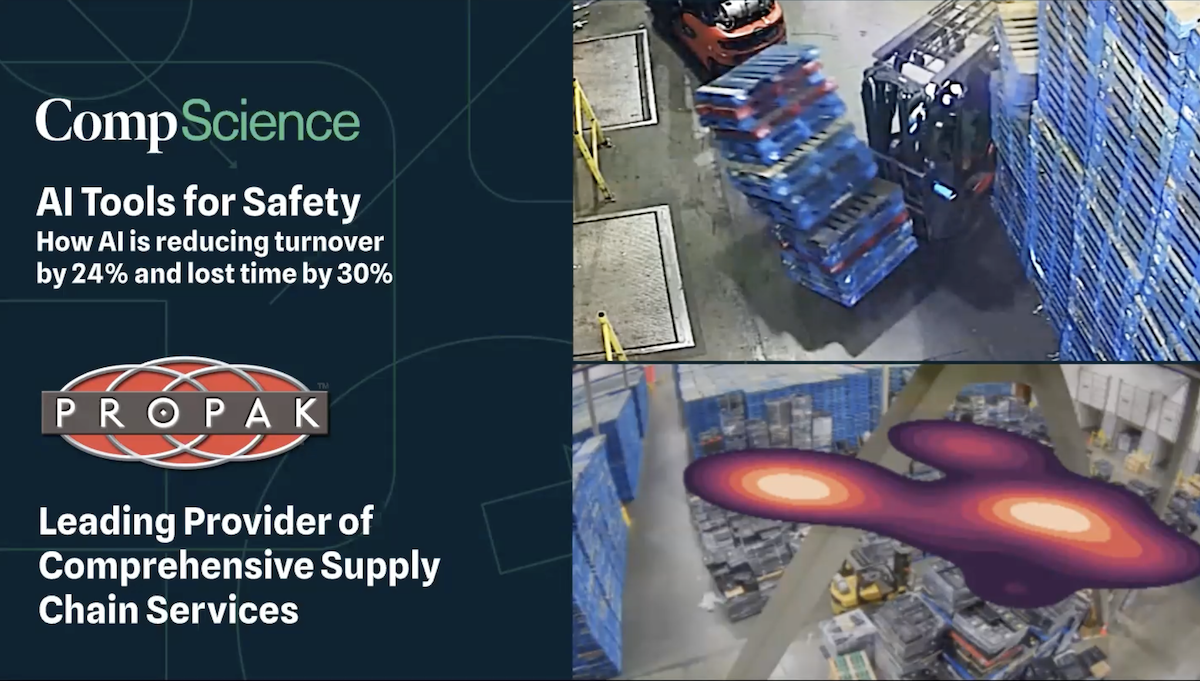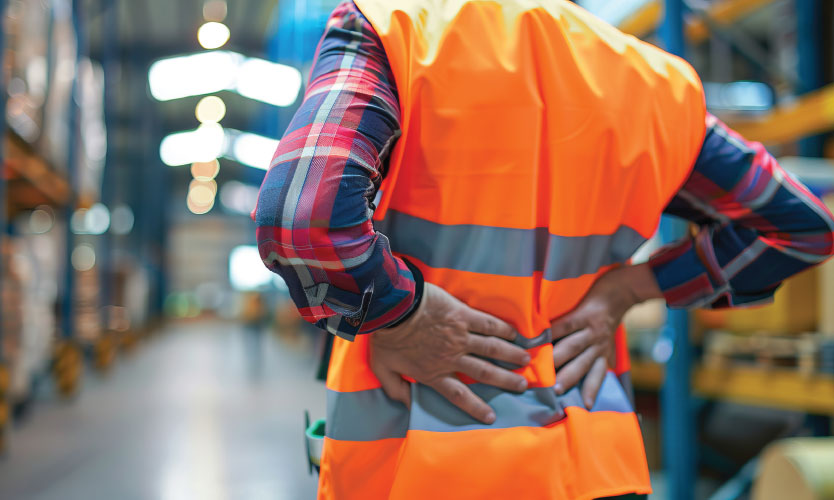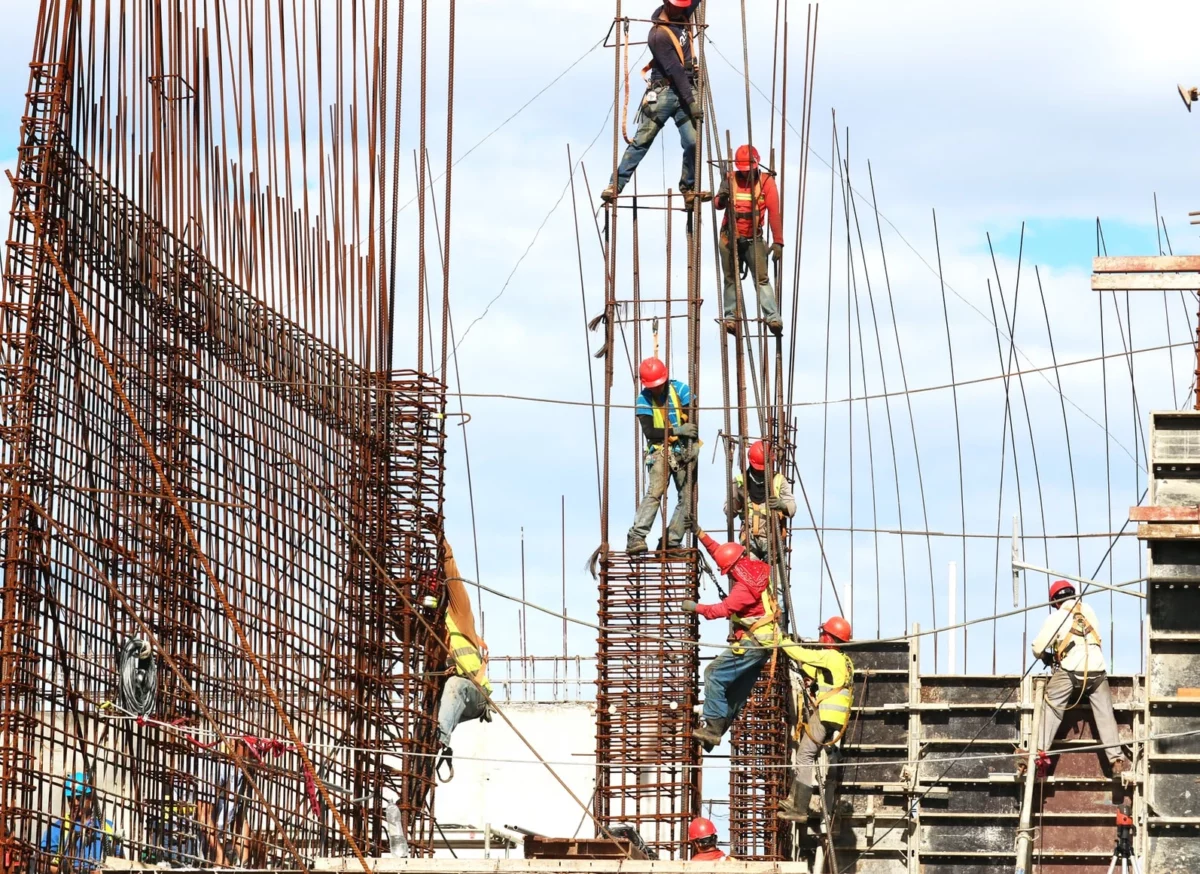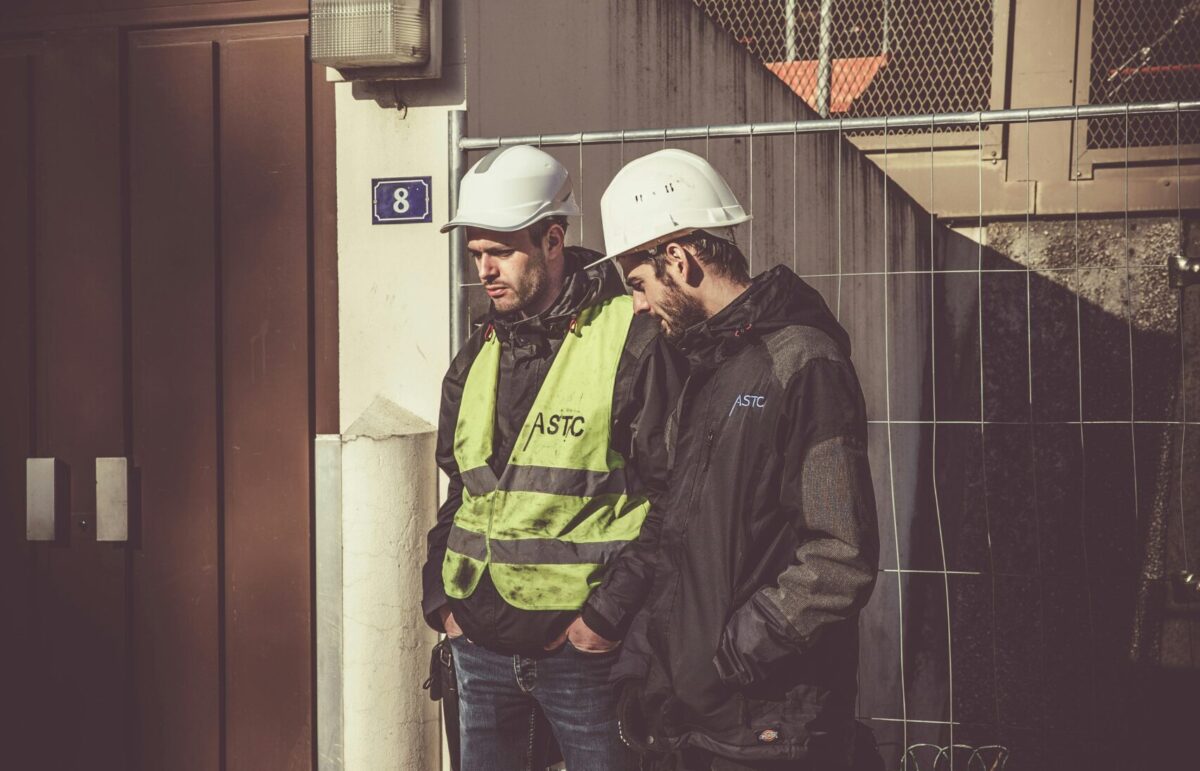Comprehensive Guide to Forklift Safety: Handling The Load
Forklifts are indispensable tools in the logistics, manufacturing, and construction industries, capable of lifting and transporting heavy materials across short distances. However, their operation comes with significant safety risks, not just to the operator but also to pedestrians working nearby. Proper handling of loads is crucial to ensure safety and prevent accidents. This article provides a detailed toolbox talk on forklift safety, focusing on the essential aspects of handling the load safely.
Preparation
- Secure the Load: Ensure the load is safely arranged and stable. Unstable loads can shift and cause accidents.
- Inspect for Damage: Do not carry damaged merchandise unless it has been secured by wrapping or banding.
- Center the Load: As much as possible, center the load on the forks to maintain balance.
- Handle Off-Center Loads with Caution: If a load cannot be centered, exercise extra caution.
- Distribute Weight Properly: Place the heaviest part of the load nearest the forklift’s front wheels to maintain stability.
- Know Your Forklift’s Capacity: Do not exceed the stated capacity of your forklift. Overloading can lead to tipping.
- Use Load Extension Backrests: These are essential for off-center, improperly distributed, or oversized loads to prevent the forklift from becoming unbalanced.
Approaching the Load
- Approach Slowly: Stop 8 to 12 inches in front of the load and ensure the forklift is squarely in front of it.
- Adjust Fork Height and Direction: Before lifting, set the direction control to neutral and ensure the forks are at the correct height.
- Secure Forklift Before Fork Adjustment: Do not raise or lower the forks unless the forklift is stopped and the brake is set.
Fork Position
- Level the Forks: Before inserting them into the pallet, ensure the forks are leveled.
- Insert Forks Fully: Slide the forks fully under the load, ensuring they are at least two-thirds the length of the load.
- Avoid Fork Overreach: Be cautious not to extend the forks through to the other side where pallets are closely stacked.
- Evenly Distribute Weight: Adjust the forks to distribute the weight of the load evenly between them.
- Tilt the Mast Back: To stabilize the load, carefully tilt the mast back.
Lifting the Load
- Check Overhead Clearance: Before lifting, ensure there is adequate clearance overhead.
- Watch for Overhead Obstructions: Be mindful of overhead installations, lights, pipes, etc., to ensure sufficient headroom.
- Lift Above Lower Stack: Lift the load about 4 inches above the lower stack before moving.
- Tilt Mast for Stability: After lifting, slightly tilt the mast back to rest the load against the backrest extension, ensuring it doesn’t catch on any obstructions.
- Return Lift Control to Neutral: Once the load is securely lifted and tilted back, slowly return the lift control lever to the neutral position.
Conclusion
Forklift safety is paramount in preventing workplace accidents and injuries. By following these detailed steps for handling loads, operators can ensure the safe and efficient use of forklifts. It’s essential to adhere to these guidelines, along with regular forklift maintenance and operator training, to maintain a safe working environment. Remember, safety is not just a guideline but a responsibility shared by all members of the workplace.







